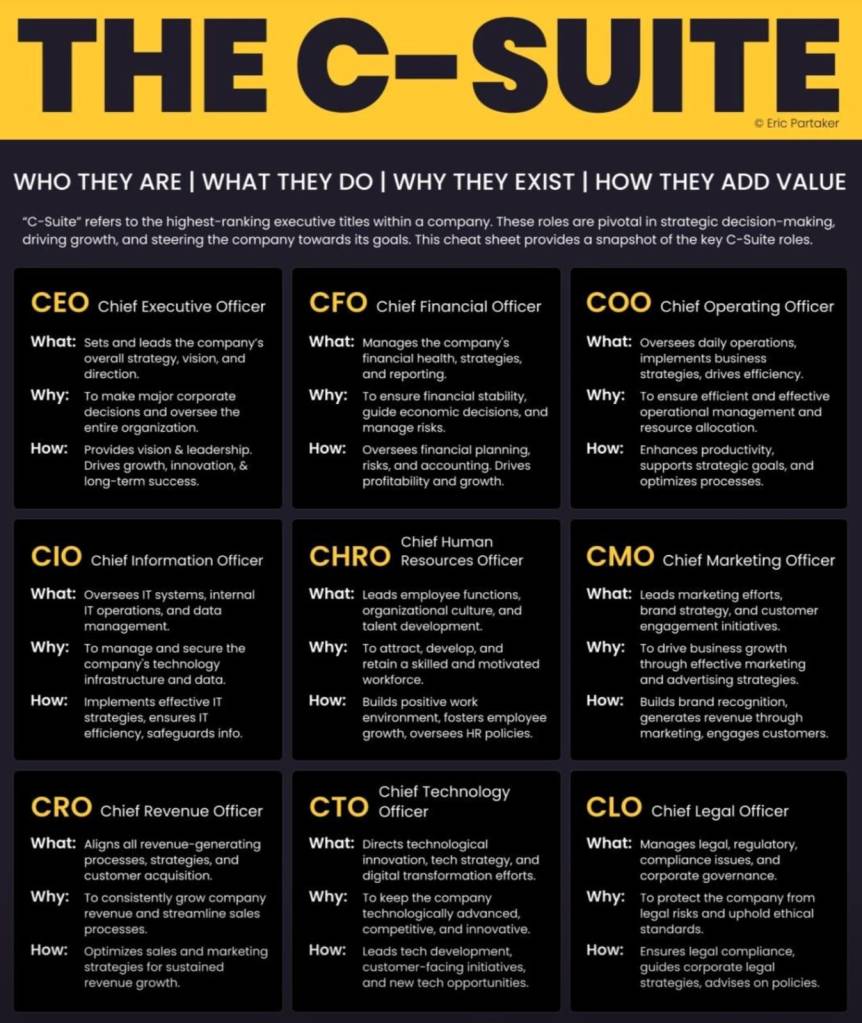The lines between being an expert and remaining a perpetual student are increasingly blurred within the ever-accelerating world of technology evolution. As we navigate through continuous waves of innovation, the role of a technology professional is perpetually redefined. This leads to a fundamental question: in a field that evolves daily, can one ever truly be an expert, or is tech destined to make eternal students of us all?
The Pace of Technological Change
The first point of consideration is the unprecedented rate of technological change. Innovations such as artificial intelligence, blockchain, and quantum computing are not just new tools in the toolbox – they are reshaping the toolbox itself. Every breakthrough brings layers of complexity and new knowledge that must be mastered, which can be a daunting task for anyone striving to be an expert.
Defining Expertise in Technology
Traditionally, an expert is someone who possesses comprehensive and authoritative knowledge in a particular area. However, in technology, such expertise is often transient. What you know today might be obsolete tomorrow, or at least need significant updating. This fluidity prompts a reassessment of what it means to be an expert. Is it about having a deep understanding of current technologies, or is it the ability to learn and adapt swiftly to new developments?
The Specialist vs. Generalist Conundrum
In tech, specialists dive deep into specific areas like cybersecurity or cloud computing. They possess a depth of knowledge that can be critical for addressing intricate challenges in those fields. On the other hand, generalists have a broader understanding of multiple technologies. They can integrate diverse systems and solutions, which is increasingly valuable in a world where technologies often converge.
The dilemma arises in maintaining a balance. Specialists risk their expertise becoming less relevant as new technologies emerge, while generalists may lack the deep knowledge required to solve specialised problems.
Technology Leadership: Steering Through Constant Change
Technology leadership itself is a form of expertise. To lead in the tech world means more than managing people and projects; it involves steering the ship through the turbulent waters of technological innovation. Tech leaders must not only anticipate and adapt to technological change but also inspire their teams to embrace these changes enthusiastically.
A technology leader needs a robust set of skills:
- Visionary Thinking: The ability to foresee future tech trends and how they can be harnessed for the organisation’s benefit.
- Agility: Being able to pivot strategies quickly in response to new information or technologies.
- Technical Proficiency: While not needing to be the deepest expert in every new tech, a leader should have a solid understanding of the technologies that are driving their business and industry.
- Empathy and Communication: Leading through change requires convincing entire teams to come on board with new ways of thinking, which can only be done effectively with strong interpersonal skills and clear communication.
- Resilience: Tech landscapes can change with daunting speed, and leaders need the resilience to endure setbacks and keep their teams motivated.
Perception of Expertise
Expertise in technology is also a matter of perception. Among peers, being seen as an expert often requires not just knowledge, but the ability to foresee industry trends, adapt quickly, and innovate. From an organisational perspective, an expert is often someone who can solve problems effectively, regardless of whether their solutions are grounded in deep speciality knowledge or a broader understanding of technology.
The Role of Lifelong Learning
The most consistent answer to navigating the expert-generalist spectrum is lifelong learning. In technology, learning is not a finite journey but a continuous process. The most successful professionals embrace the mindset of being both an expert and a student. They accumulate specialised knowledge and experience while staying open to new ideas and approaches.
Conclusion: Embracing a Dual Identity
Being a technology expert today means embracing the dual identity of expert and eternal student. It involves both deep specialisation and a readiness to broaden one’s horizons. In this ever-evolving landscape, perhaps the true experts are those who can adeptly learn, unlearn, and relearn. Whether one is perceived as an expert might depend on their ability to adapt and continue learning, more than the static knowledge they currently hold.
As we continue to witness rapid technological advancements, the value lies not just in expertise or general knowledge, but in the agility to navigate between them, ensuring relevance and leadership in the tech world.
In the worlds of Satya Nadella, CEO of Microsoft: “Don’t be a know-it-all, be a learn-it-all.”











